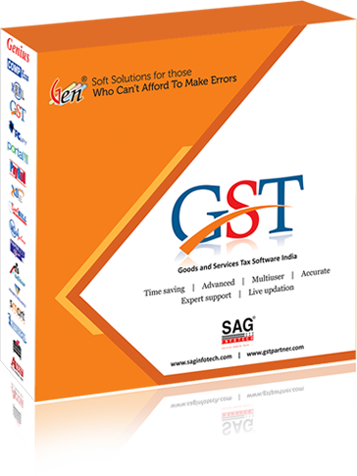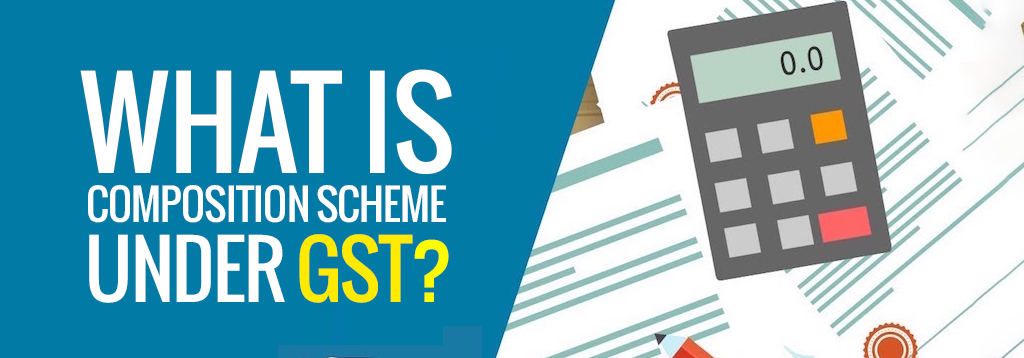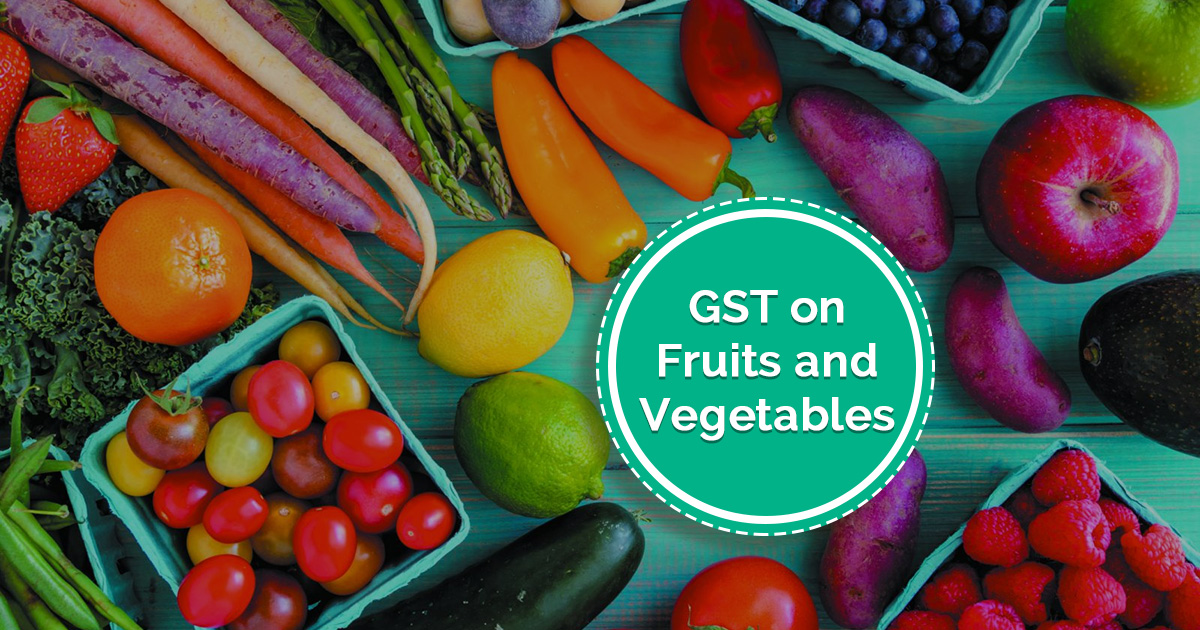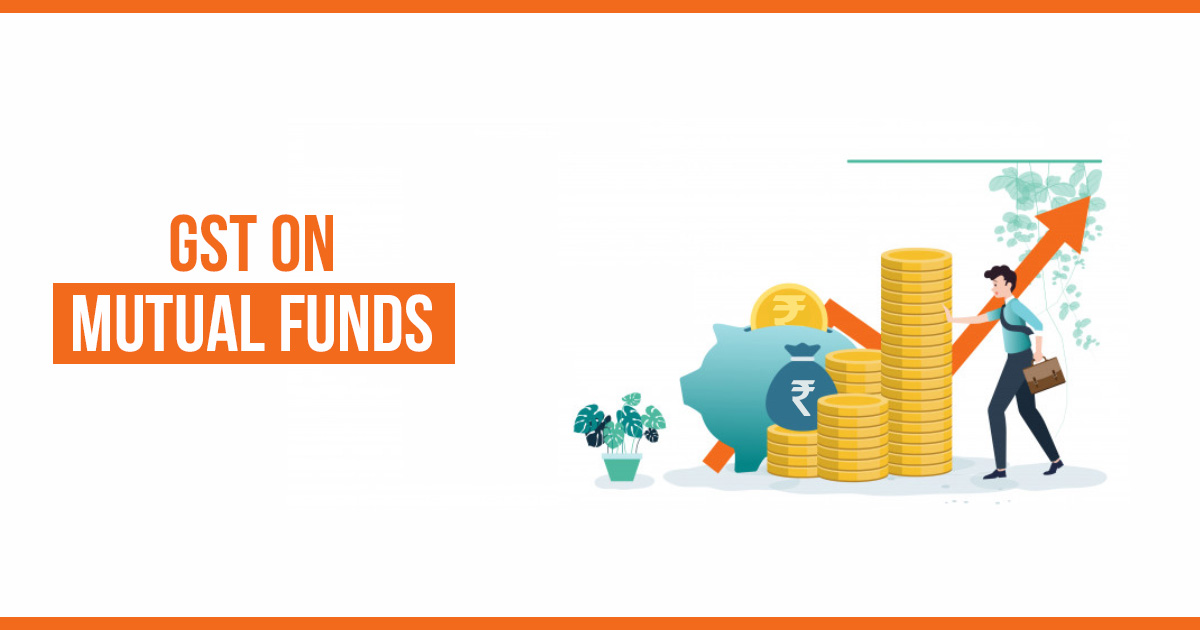The GST Composition Scheme is merely a revision of the already existing composition Law under VAT. Goods and Services Tax (GST) has already been implemented for all individuals, small & large businesses in India.
While big organizations have enough resources and expertise to implement the new tax regime, the small companies and startups, on the other end, may struggle to understand and comply with the new provisions. Therefore, the government has introduced a composite scheme to resolve such issues.
Under the composition scheme, a taxpayer will have to file tax return reports on a quarterly basis rather than the normal three monthly return filing. Those who have the turnover of 2 Crores will now be able to file quarterly returns instead of monthly returns.
By reducing the needs for maintaining substantial records and returns, the overall tax compliance process becomes easier for small organizations. A taxpayer can opt for GST composition scheme involves the GST payment as a fixed percentage of turnover (usually lower than the normal GST rate), instead of tax payment under regular provisions.
GST Press Release: Changes recommended in Composition Scheme in 23rd GST council meeting
Contents
What is the Need for the Composition Scheme?
The tax authorities require every taxpayer to pay taxes, file returns, create and maintain records, invoices, etc. on time to manage timely submission and processing of taxes. This may be a challenge for small businesses and individual suppliers who do not usually have sufficient resources to meet the needs for monthly tax filing. The GST Council has therefore introduced the GST composition levy to protect the interests of such small businesses.
Composition scheme is mainly beneficial for those small businesses who usually perform intrastate transactions and doesn’t have to do much with import-export of goods.
Who is Eligible and Who is not for this scheme?
Any small business dealing only in the supply of goods can apply for composition scheme. Business providing services of any kind, with the exception of restaurant sector, are not eligible for the scheme. Only businesses and individuals with the annual turnover till Rs 1.5 Crore can opt for GST composition scheme. Only intrastate supply of goods is eligible for registration under the scheme.
A taxpayer will be allowed to file taxes under the composition scheme only if he/she registers all the taxable persons (and/or business segments) with same PAN in the scheme. The motive here is to bring all the business entities with the same PAN under this scheme.
Following persons/businesses are excluded from this scheme who:
- Supply services
- Supply certain goods not covered under the scheme
- For interstate supply and import/export of goods
- Supply goods through Electronic Commerce (E-commerce) Operator
What is the Tax Rate under GST Composition?
Any taxpayer registered under this scheme whose aggregate annual turnover was not more than seventy-five lakh rupees in the previous financial year has to pay tax at the following GST composition scheme rate.
|
Type of Registered person |
CGST Tax Rate |
SGST Tax Rate |
Total Tax Rate |
|
Manufacturers (Except the manufacturers of certain goods) |
0.5% |
0.5% |
1% |
|
Supplier of food or drinks (other than alcoholic) |
2.5% |
2.5% |
5% |
|
Other Supplies (trading business etc.) |
0.5% |
0.5% |
1% |
GST Composition Features
No Input Tax Credit: Composition scheme holders cannot claim for credit on input tax. Also, the buyer of these items will not be eligible for any tax credit. In short, the tax amount will be calculated in the composite taxpayer’s cost.
No Tax Collection: A registered composite taxpayer will not be able to recover the tax cost from his buyer as there is no provision for tax invoices under the composition scheme. He will have to bear the tax cost himself.
Lesser Compliance: In normal GST system, the taxpayer is required to file 37 returns in a year, including three returns each month and one final annual return. Under the composite scheme, a taxpayer will have to file only one return in each quarter (three months), so that he can focus more on business rather than maintaining records.
Penal Provisions: If it is ever found that an ineligible person has registered for the scheme, he/she will have to pay the difference in taxes along with penalty amount, and demand and recovery provisions will apply to him.
This is why it is important to confirm your eligibility before applying for the scheme.
Click here: GST Updates Today
Pros and Cons of the Scheme
Following are the reasons why GST Composition Scheme is beneficial for you.
- Lesser compliance, creation and maintenance of records, tax invoices, etc.
- The tax rate will be decreased substantially for all composition scheme registered taxpayers.
- High profits from the business because of lower tax rates.
Here are some reasons why the Composition Scheme may not be the right choice for you.
- Any taxpayer registered under this scheme cannot perform interstate transactions and import-export of goods.
- The registered taxpayer, as well as the buyers, are not liable to get credit against the tax deposited.
- A taxpayer cannot collect tax cost from his buyers/customers.
- Strict penalty provisions for unlawfully registered taxpayers.
- E-commerce goods supply not included.
Conditions To Avail GST Composition Scheme Rules
A list of conditions that an individual must have to follow to avail composition scheme under GST Regime that is mentioned below:-
- A taxpayer who is opting composition scheme under GST is not entitled to claim input tax credit
- The taxable person has been allowed to deal only in the intra-state supply of goods (supply within the state), not on the inter-state supply of goods
- The composition scheme taxable person is not permitted to supply exempted goods
- The taxpayer is entitled to pay taxes at regular intervals of time for dealings under Reverse Charge Mechanism
- If in case the assessee is running various business enterprises (such as pharmacy, electronics, groceries, and more) with the same PAN. The taxpayer either to choose a composition scheme or must register all of the business under the scheme collectively.
- The assessee who has chosen the GST composition scheme is required to show the ‘composition taxable person’ word in each of the signboard or notice board at business place.
- The ‘composition taxable person’ word should be mentioned on every bill of supply which has been supplied by the composition taxable person.
Below is a list of forms and the reasons for which they can be used:
Composition Scheme Rules have covered various forms that are made for specific reasons. Below is a list of forms along with the specific reasons that the taxpayers must require to fill under GST regime in order to avail the composition scheme:
Following are the most noticeable Composition Scheme Rules under GST.
|
Form Required |
Purpose |
GST Composition Scheme Last Date |
| FORM GST CMP-01 | To opt for scheme by provision registration holder | Prior to appointed date or within 30 days of the said date |
| FORM GST CMP-02 | Intimation of willingness to opt for scheme | Prior to commencement of Financial Year |
| FORM GST CMP-03 | Details of stock and inward supplies form unregistered | Within 90 days of exercise of option |
| FORM GST CMP-04 | Intimation of withdrawal from scheme | Within 7 days of occurrence of event |
| FORM GST CMP-05 | Show Cause Notice on contravention of rules or Act by Proper Officer | On contravention |
| FORM GST CMP-06 | Reply to show cause notice | Within 15 days |
| FORM GST CMP-07 | Issue of order | Within 30 days |
| FORM GST REG-01 | Registration under Composition Scheme | Prior to appointed date |
| FORM GST ITC-01 | Details of inputs in stocks, semi-finished and finished goods | 30 days of option withdrawn |
| FORM GST ITC-03 | Intimation of ITC available | Within 60 days of commencement of Financial Year |
To avail composition scheme under the new indirect tax regime, the assessee must have to fill GST CMP-01 or GST CMP-02 Form as the case may be, on the common portal. The taxpayer who is opting the composition scheme will inform through in Part B of FORM GST-REG 01 before the commencement of every Financial Year.
How to Register for GST Composition?
An eligible taxpayer can opt for GST composition scheme by following the steps mentioned below.
- Log into your taxpayer account at the online GST portal gst.gov.in
- Under Services menu, select ‘Application to opt for the Composition Scheme’.
- Fill in the application and get it verified through EVC or digital signature, and submit at the GST portal.
- A ‘Certificate of Registration’ will generate after the successful registration.
To conclude, composition scheme makes the tax payment and compliance process easier for small businesses through quarterly returns against monthly returns of normal taxes. The tax rates have also been reduced to a great deal for all the registered taxpayers under this scheme.







Sir,please help me composition scheme to normal scheme process. By mistake I take composition scheme.
Hi Alok,
You can contact directly from concern department through the GST Helpline.